Recently, Feng Yixu, an undergraduate student from the 2021 elite class of the Computer Science Department at Northwestern Polytechnical University, had his academic achievement titled “HVI: A New Color Space for Low-light Image Enhancement” accepted by the Proceedings of the IEEE/CVF Conference on Computer Vision and Pattern Recognition (CVPR). Feng Yixu became the first undergraduate student in recent years to publish a paper as the first author at a CCF Class A conference. This achievement marks a significant breakthrough in the field of low-light image enhancement and image processing, providing an innovative solution for visual processing in dark scenes.
Research Journey: From Career Fair to Top Conference
In the fall of 2023, during the honor mentor career fair, sophomore Feng Yixu attentively listened to Professor Yan Qingsen’s introduction of research directions and topics. The low-light images displayed on the screen were undergoing a transformation from blurry chaos to clear vibrancy. “It’s like giving the night a pair of glasses,” this metaphor made Feng Yixu’s heart race. That night, a self-recommendation letter filled with youthful research enthusiasm flew into Professor Yan Qingsen’s inbox, marking the beginning of a research journey in computer vision.
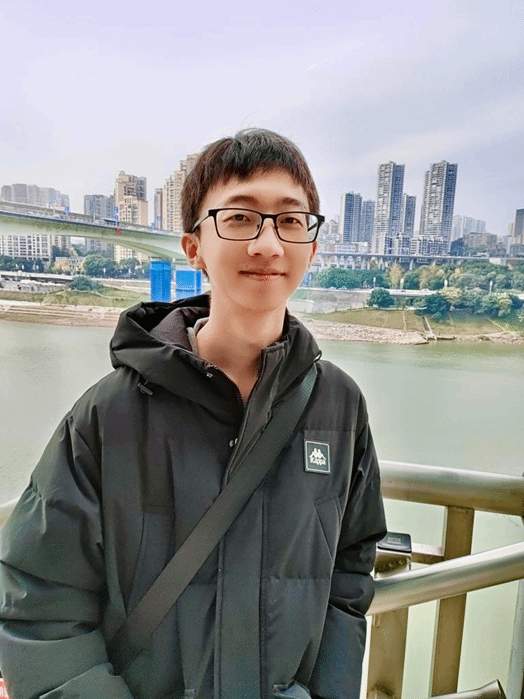
Breaking Boundaries: Bringing Color Space to Life
“Traditional color spaces are like fixed keys, while we aim to create a universal locksmith.” Feng Yixu explained while pointing to the HVI model in Figure 1. Images captured in low-light environments, such as night scenes and underground spaces, often face issues like insufficient brightness, color distortion, and severe noise. Traditional methods based on sRGB/HSV color spaces struggle to effectively retain image details while enhancing brightness, leading to artifacts and color shifts. In response, Feng Yixu proposed a trainable color space that brings color to life by introducing polar coordinate HS mapping and a learnable intensity mapping function, successfully addressing the low signal-to-noise ratio problem in low-light images and achieving precise decoupling of color and brightness (as shown in Figure 1).
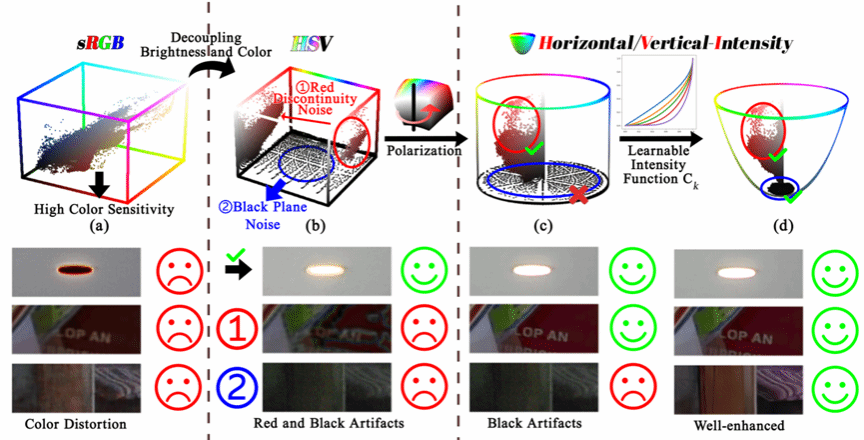
Figure 1: The trainable HVI color space proposed by Feng Yixu
By combining the designed enhancement network, the algorithm is endowed with dynamic learning capabilities. This achievement has demonstrated leading performance across 10 low-light enhancement datasets (as shown in Figure 2), with its model consistently ranking at the top on the paper with code leaderboard. The project’s GitHub repository received over 330 stars within a week of being open-sourced (as shown in Figure 3), and more than 10 research organizations have emailed to inquire about related collaboration projects. It has also been included in the Hugging Face model library. This achievement not only opens up new directions for research in computer vision but also boasts advantages in parameter count and computational load, making it suitable for edge devices such as smartphones and drones, which is of significant importance and milestone value in industrial fields like autonomous driving, surveillance, and medical image processing.
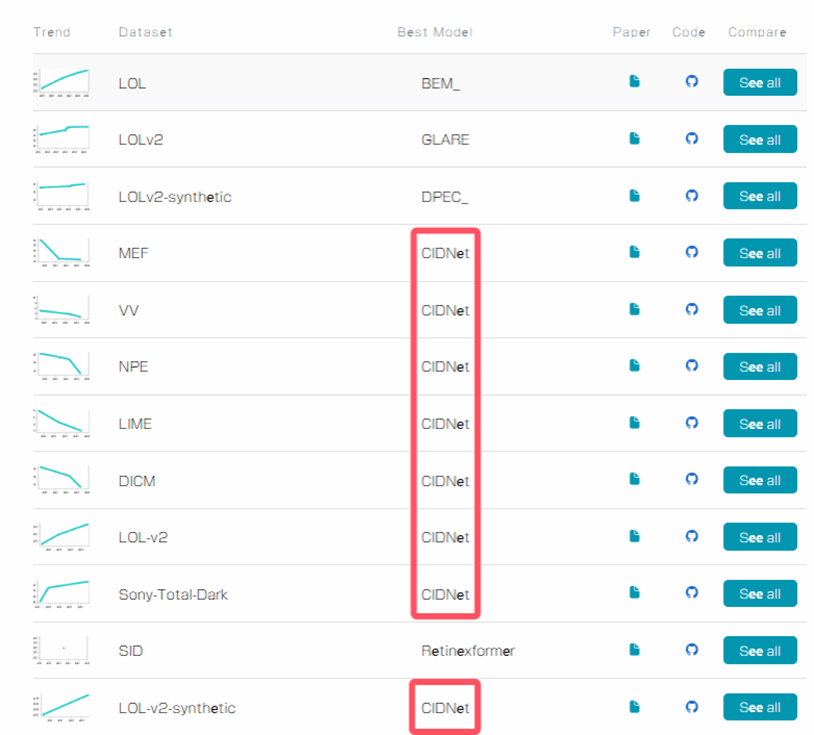
Figure 2: Feng Yixu topped 8 datasets on Paper with Code with the lowest computational load and highest performance
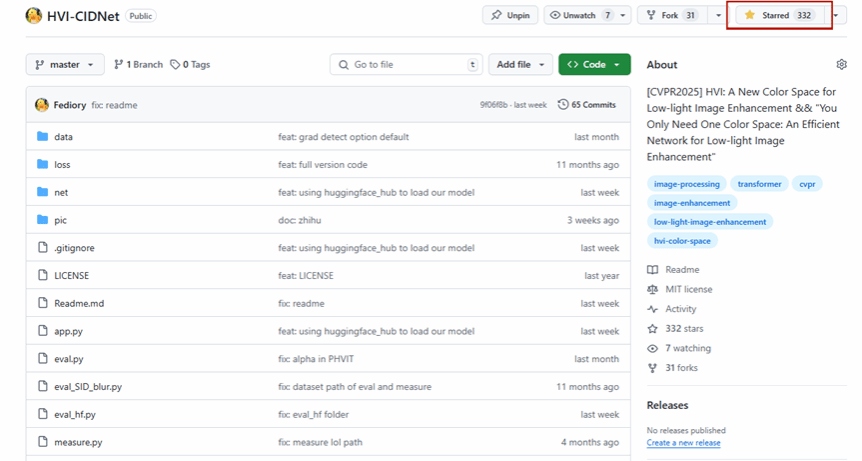
Figure 3: GitHub project homepage
Against the Current: Refining True Gold Amidst Doubts
In the early stages of research, Feng Yixu faced many difficulties. “At first, I felt completely lost, passively reading papers without retaining a deep impression, which left me at a loss during group meetings. But I understood that I couldn’t limit myself to my comfort zone, so I focused my energy and spent a month striving to break through. During that time, my mind was filled with papers, and I even dreamed of thinking about innovative points and seeking new ideas.”
Now, most models are developing towards large parameter counts, large models, and diffusion models, with some saying that papers not using large models and diffusion models will eventually be eliminated. In the industry wave of “no innovation without large models,” this young man, who insists on a lightweight approach, faced setbacks three times and was even questioned about the authenticity of his data due to the stunning results. The late-night online meeting records bear witness to the 30-page paper he and Professor Yan Qingsen meticulously crafted, while the low-light dataset created with the help of his anime club classmates became the strongest evidence. When the acceptance email from CVPR arrived, this young man, who once self-deprecatingly said, “reading literature is like reading a heavenly book,” had led his team to achieve fourth place at the 2024 CVPR-NTIRE Low Light Enhancement conference and used this opportunity to publish a CVPR Workshop academic paper, also gaining the chance for an oral presentation at the conference, becoming the only undergraduate to report progress at the conference. This was also the only oral presentation in a vertical field at the conference.
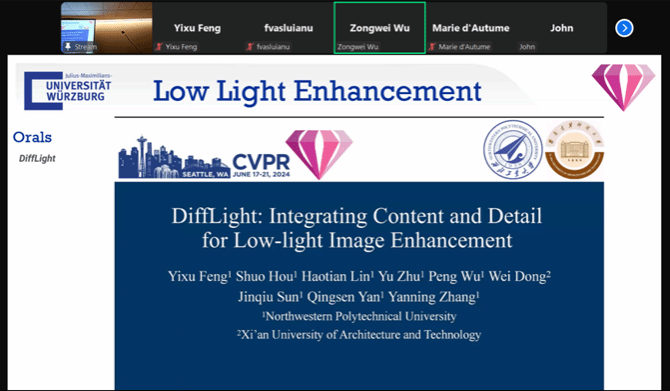
Figure 4: Screenshot of Feng Yixu’s online presentation at the CVPR NTIRE Workshop
Mentors as Light: Illuminating the Gaps in Research
When discussing the opportunity for research, Feng Yixu stated: “Professor Yan Qingsen is someone I met at the honor mentor career fair. At that time, Professor Yan was introducing the task of deblurring low-light images, and I was fascinated, finding it very interesting, so I wrote an email expressing my desire to join. Initially, I thought it was similar to a college student entrepreneurship competition, but after detailed communication with the professor, I realized it was akin to research conducted by graduate students and PhD candidates. I had heard of similar experiences from students at other schools, but I hadn’t inquired about such experiences from seniors at my own school. So, with a try-it-out attitude, I joined the research family. Looking back, this choice was indeed reasonable, as it has changed my future life path to some extent. I am very grateful to the college for providing this valuable opportunity, allowing me to realize my interest in research. I also sincerely thank Professor Yan and Dr. Zhang Cheng for their patient guidance, which gradually helped me break through and realize my value.” Under the “research special training” of Professor Yan Qingsen and Dr. Zhang Cheng, and through his almost stubborn persistence and effort, he captured the breakthrough window of color space theory that had been dormant for 50 years.
“Research is not a castle in the air,” Feng Yixu emphasized in an interview, “When we transform the noise in low-light photos into mathematical models, and when the shooting challenges of the anime club give rise to new datasets, this is the most beautiful aspect of research.” Feng Yixu believes that research is not as dull and lofty as the public perceives, but is closely connected to daily life. Many ideas and thoughts stem from life, and the ultimate goal of research is to serve life. “We should not merely adapt to the research life, but rather integrate research thinking into our daily lives, maintaining curiosity, rationality, and confidence at all times, so that we can continue to learn. In the future, I hope to contribute to the development of the country and humanity.”
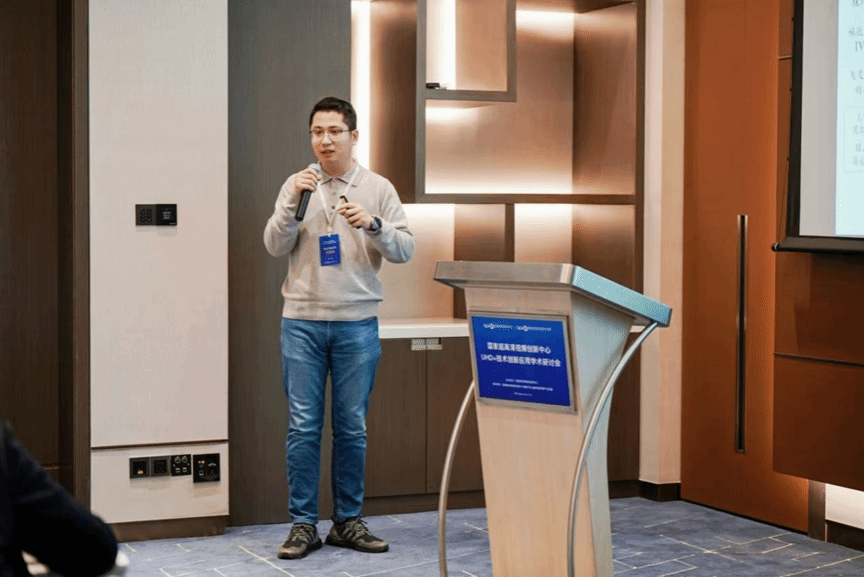
Figure 5: Professor Yan Qingsen
A Multifaceted Life: The Symphony of Code and Trophies in Youth
Outside of research, Feng Yixu is a “champion specialist” in various top competitions: as a team leader, he led his team to win first place in the “Operating System Design” track of the 4th National College Student Computer System Capability Competition (Guiding Teacher: Zhang Yu), first place in the 2nd CrowdOS Open Source Challenge (Guiding Teacher: Chen Yaxing), and third place in the National College Student Computer System Capability Competition “Loongson Cup” (Guiding Teacher: Wang Danghui), among over ten awards. He views competitions as a “technical pressure testing ground,” achieving a transformation from a “coding novice” to a first-place team leader, validating the hard-core strength of “soft and hard collaboration.” As an undergraduate student in the 2021 elite class of the Computer Science Department at Northwestern Polytechnical University, he embodies the excellent qualities of daring to be the first and exploring boldly, continuously exploring and breaking through in the field of research; as an IEEE TMM reviewer, he participates in the review of international top journals as an undergraduate, conveying the innovative perspectives of Chinese youth in academic exchanges.
Ingenuity: The Path of Innovative Talent Cultivation at Northwestern Polytechnical University
The Computer Science Department implements the “Elite Foundation Mentor Project,” precisely matching teacher-student resources, relying on mentor research projects for research training or subject competitions, guiding students to participate in research projects and innovation training, forming output forms such as research papers or reports. With the innovative training model of “research feeding back into competitions,” it practices the concept of “early entry into teams, early entry into topics, early entry into laboratories,” promoting the independent cultivation of top innovative talents in the discipline. Feng Yixu’s growth trajectory is a practical exploration of Northwestern Polytechnical University’s “integration of undergraduate and graduate education” training system. Under the guidance of the academic accumulation of mentors, the innovative brilliance of young students and the craftsmanship of research will eventually converge to open up new realms in the unknown fields of technology. Now, this student from the elite class of computer science will continue to delve into foundational visual architectures. Feng Yixu said: “I hope to build a computer vision foundation for the Chinese people, allowing technological innovation to truly illuminate every dark corner.”
Source: Northwestern Polytechnical University Computer Science Department

Information Network Security
“Information Network Security” was founded in 2001 and is one of the first domestic information security journals published under the supervision of the Ministry of Public Security, co-hosted by the Third Research Institute of the Ministry of Public Security and the China Computer Federation. It was recognized as a core journal of Chinese science and technology in 2015, became a source journal of the Chinese Science Citation Database in 2017, and was selected as a core journal in Chinese in 2018. In 2022, it was included in the CCF high-quality scientific journal grading directory in the computing field.

Chinese Core Journal
Core Journal of Chinese Science and Technology
Source Journal of the Chinese Science Citation Database
CCF High-Quality Scientific Journal in Computing Field

We are constantly striving for improvement and look forward to your attention and support!